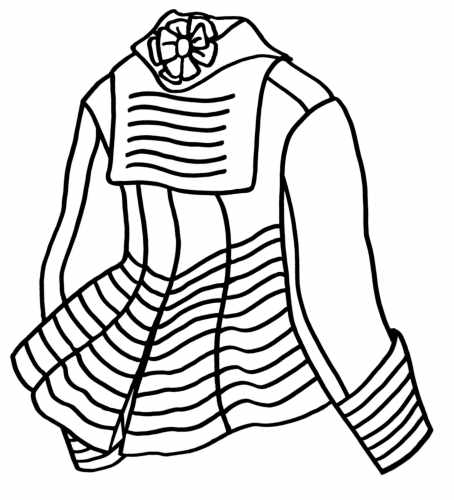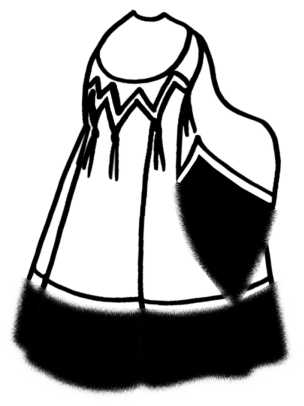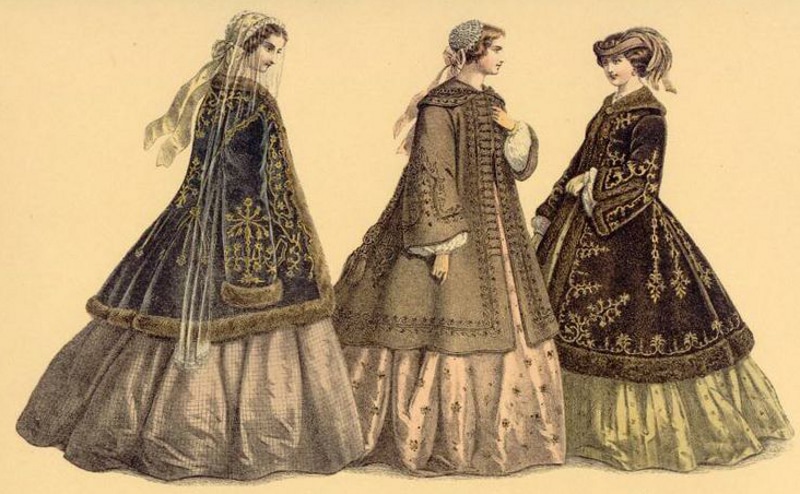The Pelisse, The Paletot and The Pardessus Fashion History 1
By Pauline Weston Thomas for Fashion-Era.com
- The Pelisse, Pardessus, and Paletot
- The Paletot and The Pardessus
The Pelisse Definition
A "pelisse" is a type of women's outer garment that was popular in the early 19th century. Here's a definition:
Pelisse Coat: A long cloak or coat made of fur or other warm material, often worn by women. It usually has a decorative trimming and is closely fitted to the body, typically extending to the ankle. Originally, it was worn as a protection against cold or inclement weather, but over time, it became more of a fashion statement.
Historically, the pelisse was worn in various forms across Europe, and it saw particular prominence during the Regency and Napoleonic era. The design and length of the pelisse evolved over time, reflecting the fashion trends of each period.
The Pelisse, Pardessus, and Paletot
Pelisse, Pardessus, and Paletot are all terms for 19th century styles of coats and shorter coats.
Both the late 18th-century and the early 19th-century pelisse were three-quarter-length coats. Later versions had a shoulder cape or capes. It was often trimmed with fur, ruched silk trimmings, or satin along its edges. When the dress sleeves became larger after 1825 the use of the pelisse declined for out-of-doors as the sleeves could not fit well under it. But a pelisse style of coat dress remained popular for indoor wear.
The pelisse mantle was a later early Victorian modification and was a cloak with a waist-length cape that created open hanging sleeves which accommodated the fuller dress sleeves.
From the mid/late 1820s, a short heavy coat called a paletot became popular with younger women although older women still favored cloaks. The 1850s saw a hybrid garment called a paletot-cloak which had split for the arms and the earlier paletot sac of the 1840s was similar but generally had a hood rather than a collar.
Does not seem so very different from the pelisse mantle does it? All these changes really occurred because the gigot sleeves of the 1830s made fitted coats more impossible to wear. Hence cloaks, mantles, capes, and shawls all loose and shapeless were the best option for a pelisse coat proper.
The Redingote was seen first in the 1790s. It was introduced as a full-length overcoat that was lightweight, but also had capes and buttoned across the chest. It was popular in many forms through the 19th century, yet it is often hard to distinguish between the full-length pelisse and a redingote, and a carriage or walking dress was often referred to as a redingote in the fashion journals and periodicals of the day.
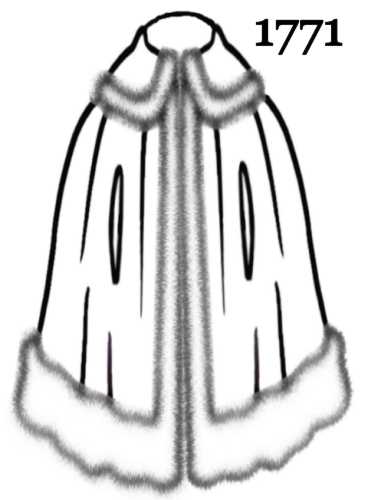
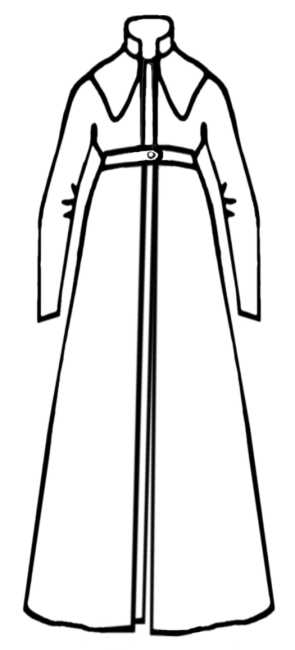
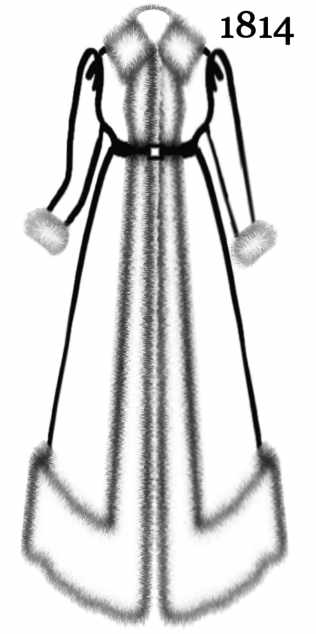
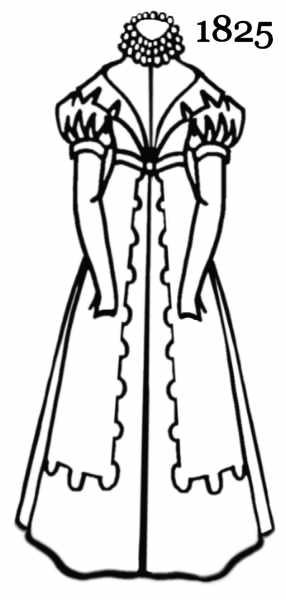
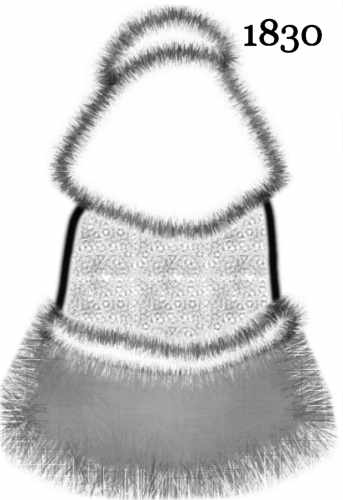
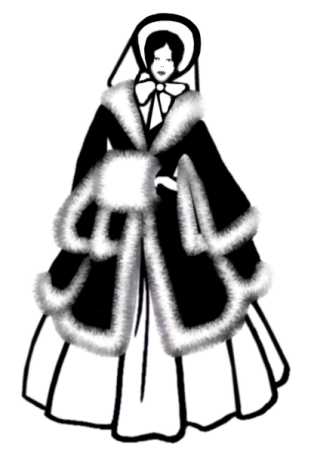
The Paletot and The Pardessus
Paletots were shorter often loose roomy coats and here are some various line drawings of them below. In the main unlike mantelet variations they always had an inserted sleeve head and varied from three quarter length to hip length, but unlike the pelisse they are very much something we would recognise today as a coat, with some being reminiscent of car coats.
These examples followed the general line of the silhouette of the day with the earlier ones showing the fullness need to cover a crinoline and the later ones showing the cut at the hip more suitable to the general silhouette of the 1870s.
The Pardessus differed in that it was often banded with velvet or fur trim. It was really just like a fitted paletot and it is French for passed over. So it was a coat that was passed over other clothes. The princess seaming in the illustration below would give a nice streamlined silhouette.
Shorter Victorian Coats
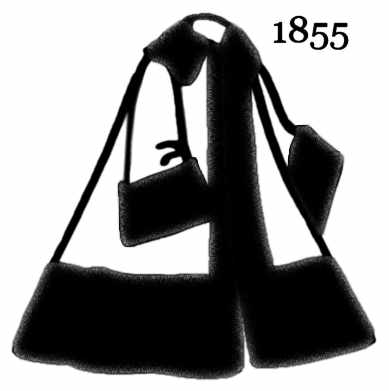
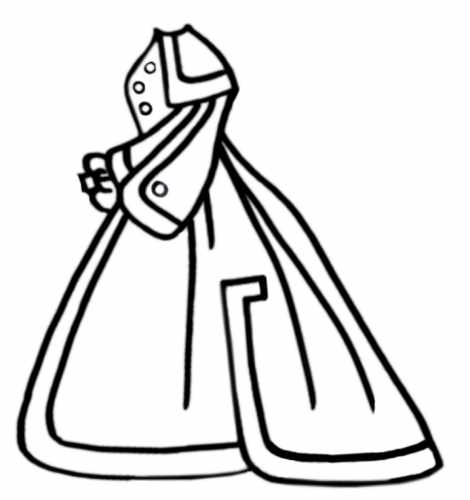
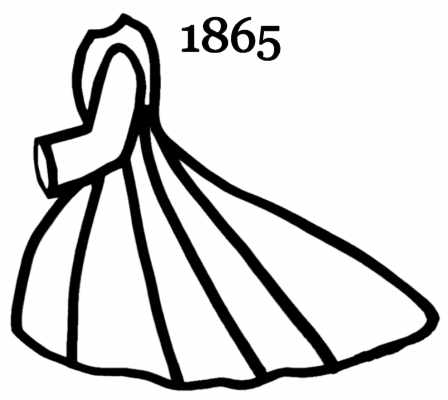
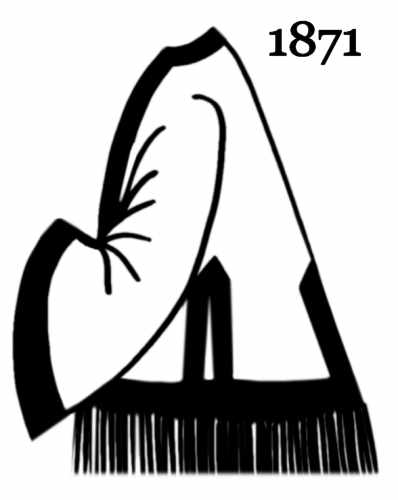
The Pardessus
